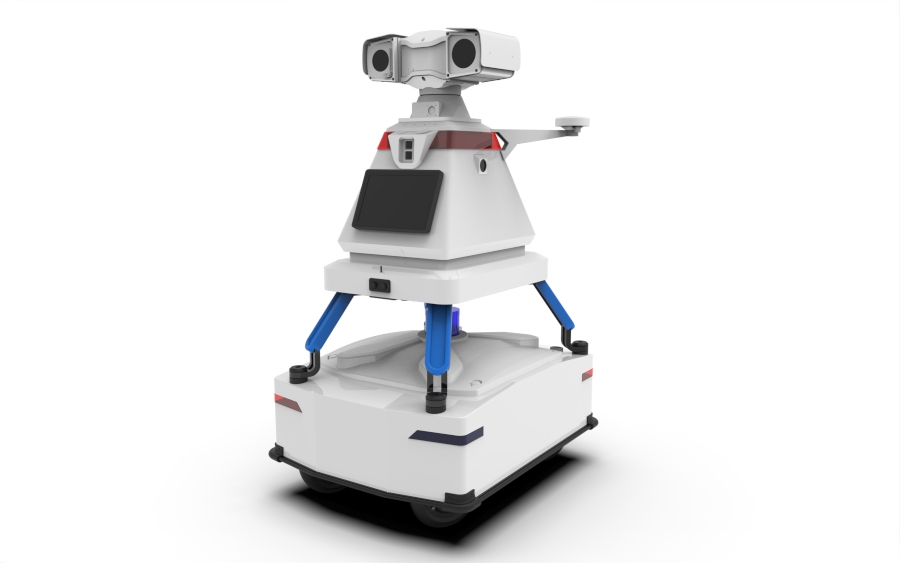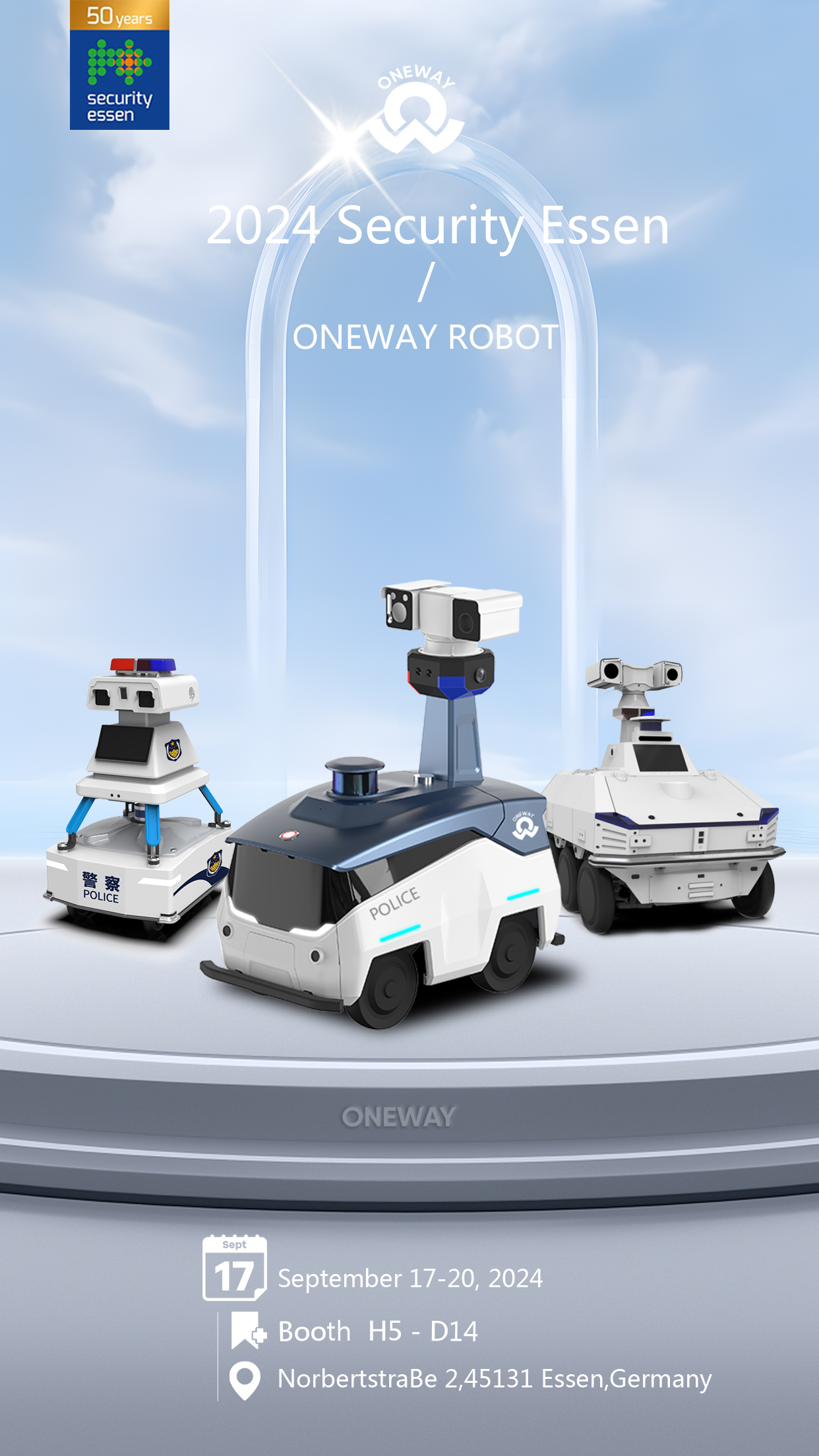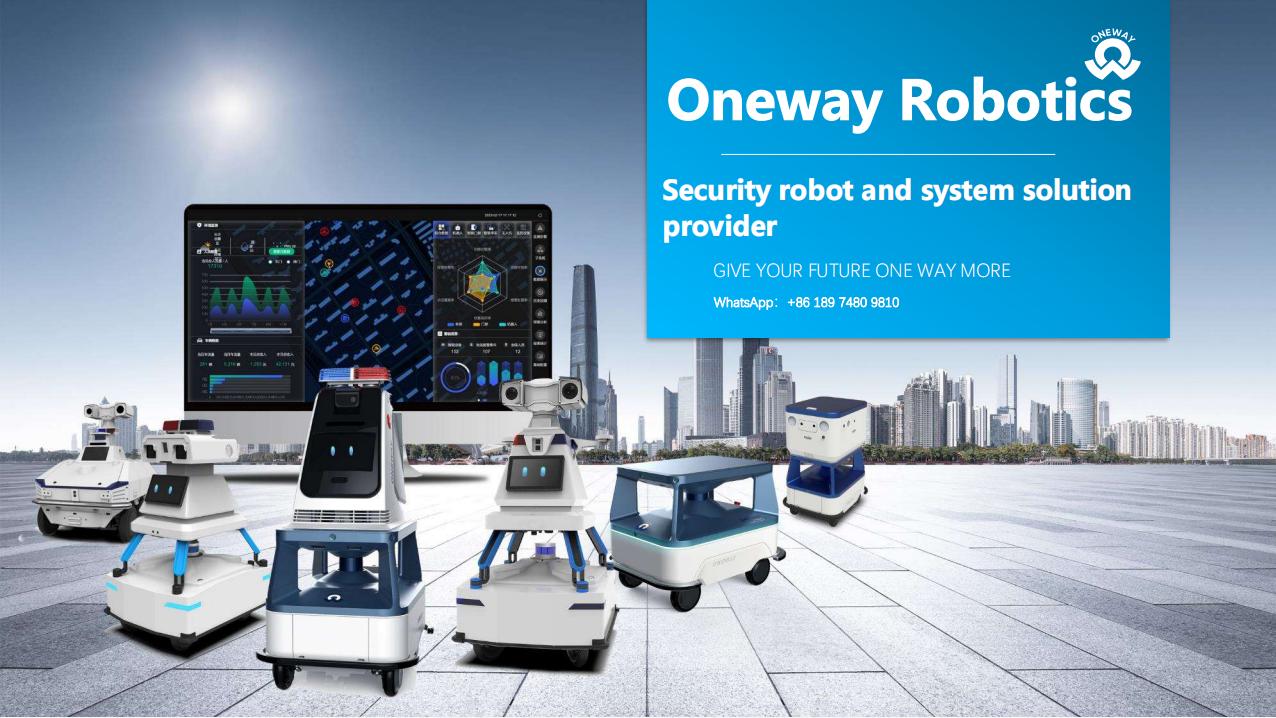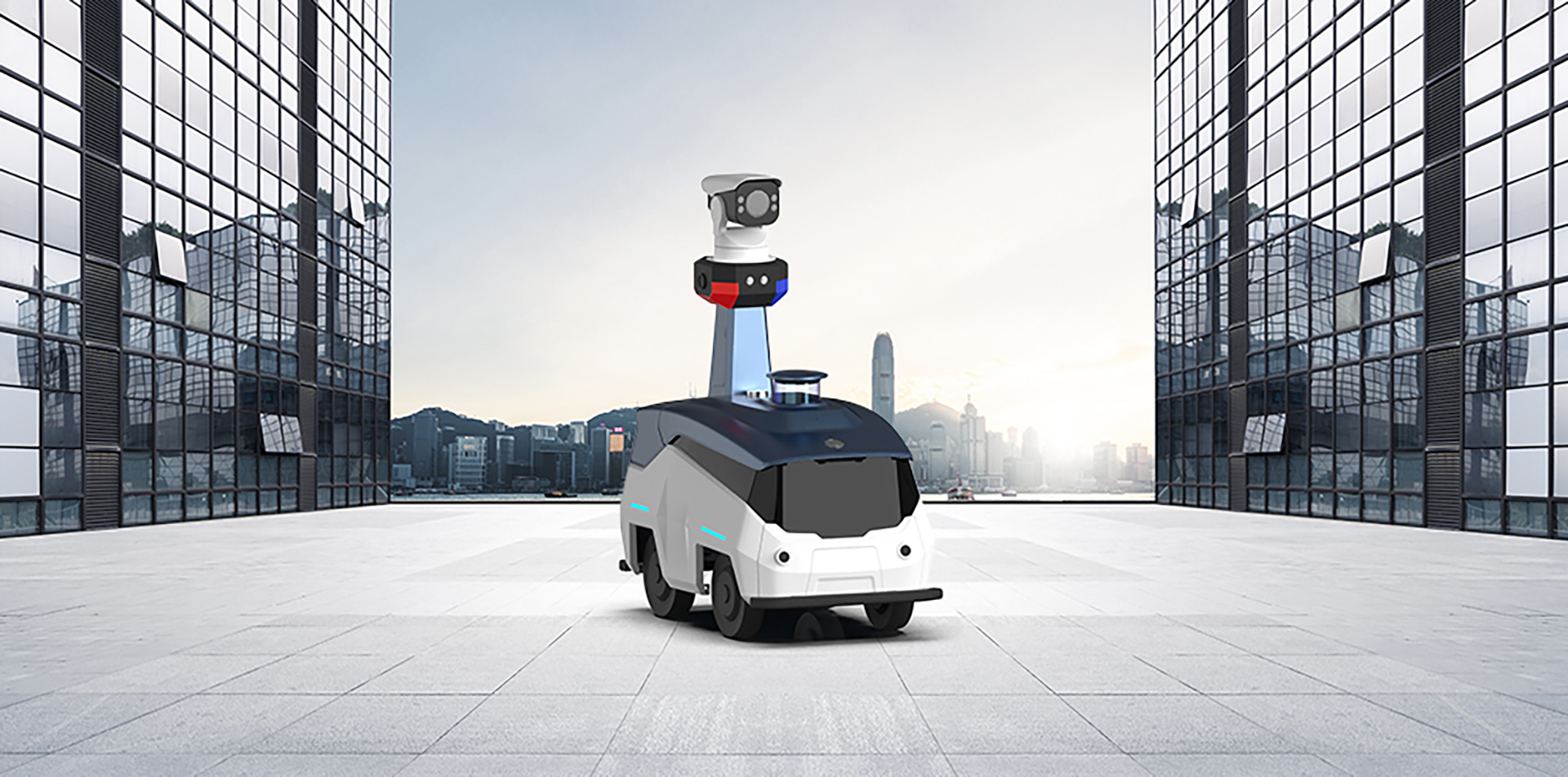July 9, 2024 – In a groundbreaking development for the industrial sector, inspection robots are rapidly transforming the landscape of safety and efficiency in various industries. These state-of-the-art robots, equipped with advanced sensors and artificial intelligence, are set to become indispensable tools for maintenance and safety inspections.
Enhanced Safety and Precision
Inspection robots are designed to operate in hazardous environments, significantly reducing the risk to human workers. These robots can access confined spaces, high-temperature areas, and other dangerous locations that would be difficult or unsafe for humans. Equipped with high-resolution cameras, thermal imaging sensors, and LIDAR technology, these robots provide precise and comprehensive data about the condition of industrial equipment and infrastructure.
Real-Time Monitoring and Data Analysis
One of the key advantages of modern inspection robots is their ability to perform real-time monitoring and data analysis. These robots can detect anomalies such as leaks, cracks, and corrosion with unparalleled accuracy. The data collected is instantly transmitted to a central system, where it is analyzed to predict potential failures and schedule timely maintenance. This proactive approach helps prevent costly downtime and ensures the continuous operation of critical systems.
AI-Powered Decision Making
The integration of artificial intelligence in inspection robots is another game-changer. AI algorithms enable these robots to learn from previous inspections and improve their performance over time. They can identify patterns and make informed decisions about the urgency of repairs, prioritizing tasks based on the severity of detected issues. This not only optimizes maintenance schedules but also extends the lifespan of industrial assets.
Applications Across Industries
Inspection robots are finding applications in a wide range of industries, including oil and gas, power generation, manufacturing, and transportation. In the oil and gas industry, for instance, robots can inspect pipelines and offshore rigs, detecting potential leaks and structural weaknesses. In power generation, they monitor turbines and boilers, ensuring the efficient and safe operation of power plants. Manufacturing facilities use these robots to inspect machinery and assembly lines, while the transportation sector benefits from their ability to inspect bridges, tunnels, and railways.
Future Prospects
The market for inspection robots is expected to grow significantly in the coming years, driven by the increasing emphasis on safety, efficiency, and cost-effectiveness. As technology continues to evolve, these robots will become even more sophisticated, with enhanced capabilities and greater autonomy.
Inspection robots are revolutionizing the way industries approach maintenance and safety inspections. By reducing risks to human workers, providing real-time data analysis, and leveraging AI for decision-making, these robots are set to become essential tools for ensuring the smooth and safe operation of industrial processes. With their wide-ranging applications and potential for future advancements, inspection robots are poised to lead the way in the next era of industrial innovation.







